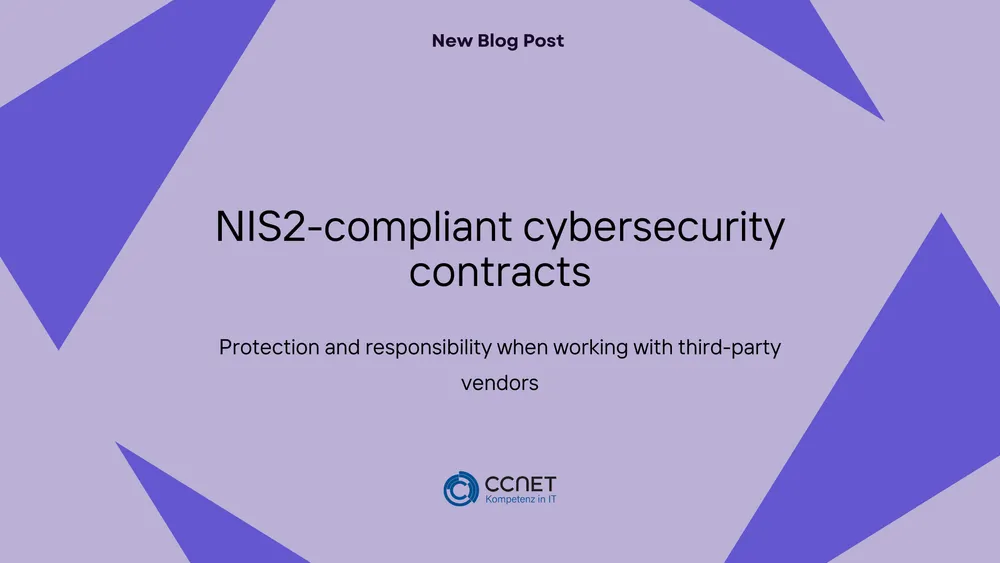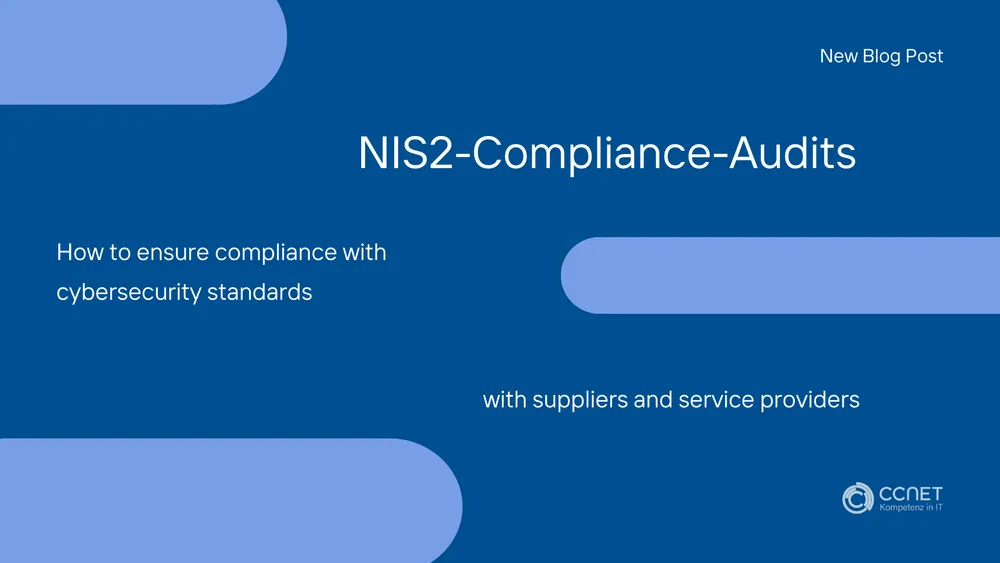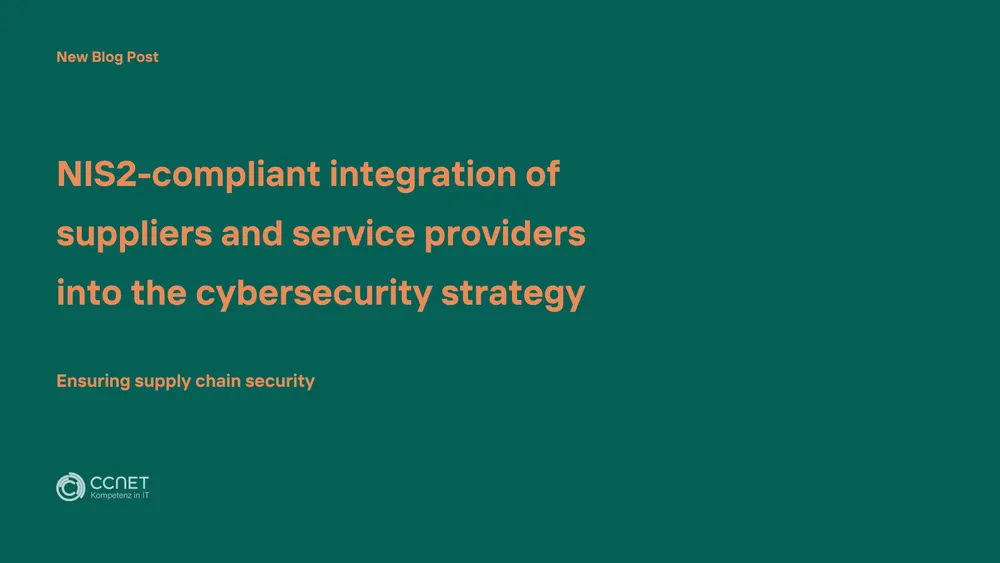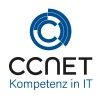
CCNet
Apr 2, 2025 • 2 min read
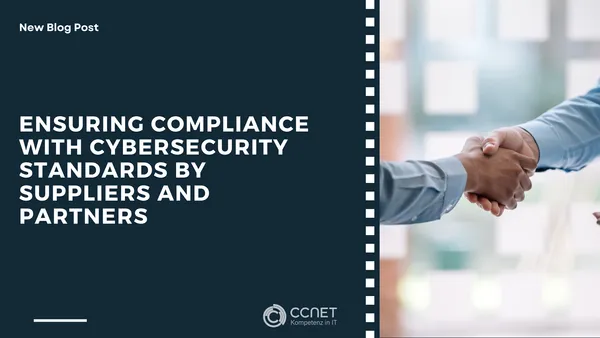
Ensuring compliance with cybersecurity standards by suppliers and partners
Ensuring Compliance with Cybersecurity Standards for Suppliers and Partners
The process of ensuring the compliance of suppliers and partners with cybersecurity standards aims to effectively monitor and continuously improve third-party security practices. The measures include both contractual obligations and regular audits, security assessments, and continuous monitoring.
1. Process Objective
The goal is to ensure that all external suppliers and partners who have access to the company's systems, networks, or data meet and maintain the agreed-upon cybersecurity standards. This process ensures the minimization of risks and the protection of critical business processes.
2. Scope
The process applies to all external parties providing services for critical business processes or having access to sensitive systems and data. This includes suppliers, partner companies, and service providers.
3. Process Steps
3.1 Contractual Obligations
- Responsible: Compliance Manager, Procurement Manager
- Activity:
- Cybersecurity requirements are established as clear contract clauses in agreements with external partners.
- Ensuring that all new contracts include detailed security standards requirements.
- Documentation of specific security requirements tailored to the partner's risks and importance.
3.2 Preliminary Review and Security Assessment
- Responsible: IT Security Officer, Lead Auditor
- Activity:
- Preliminary review and evaluation of new suppliers and partners before granting access to internal systems.
- Review of existing security certifications (e.g., ISO/IEC 27001) and results of previous audits.
- Creation of a security report to assess the suitability and risk rating of the partner.
3.3 Regular Audits
- Responsible: Lead Auditor
- Activity:
- Conducting regular audits to verify compliance with cybersecurity standards.
- Comprehensive document reviews and on-site inspections to ensure that all security measures are correctly implemented.
- Documentation of audit results and monitoring the implementation of corrective actions.
3.4 Continuous Monitoring
- Responsible: IT Security Officer
- Activity:
- Implementation of a system for continuously monitoring the security practices of suppliers and partners.
- Using SIEM systems to detect and report security incidents in real time.
- Regular review of monitoring reports to ensure the effectiveness of security measures.
3.5 Security Assessments and Risk Management
- Responsible: Risk Manager
- Activity:
- Annual security assessments for critical suppliers and partners.
- Updating the risk management plan according to the results of assessments and changes in the threat landscape.
- Collaboration with suppliers to implement risk mitigation strategies.
3.6 Escalation Procedures for Non-Compliance
- Responsible: Compliance Manager
- Activity:
- Development of an escalation procedure for breaches of cybersecurity standards by suppliers or partners.
- Immediate notification in case of detected violations and demand for rectification within a specified time frame.
- Implementation of contractual penalties or termination of the business relationship in cases of repeated or severe violations.
3.7 Follow-Up and Documentation
- Responsible: Lead Auditor, Compliance Manager
- Activity:
- Follow-up on the implementation of corrective actions.
- Central documentation of all audit and monitoring results as well as corrective measures.
- Regular reporting to management on the current status of cybersecurity for suppliers and partners.
4. Responsibilities
- Compliance Manager: Oversees the contractual inclusion of cybersecurity requirements, initiates escalation procedures.
- IT Security Officer: Conducts preliminary reviews, continuous monitoring, and provides technical support for audits.
- Lead Auditor: Plans and conducts audits, prepares reports, and tracks the implementation of corrective actions.
- Risk Manager: Responsible for security assessments, risk management, and collaborating with suppliers on risk mitigation.
5. Reporting and Continuous Improvement
- Reporting: Regular reports to management that cover the status of cybersecurity for suppliers and partners, audit results, and corrective actions.
- Continuous Improvement: Annual review of the process to ensure it remains effective. Adjustments based on audit results, security assessments, and changes in the threat landscape.
